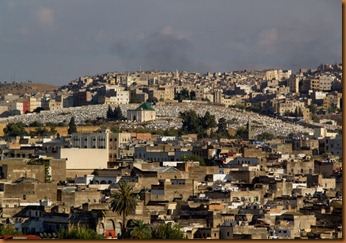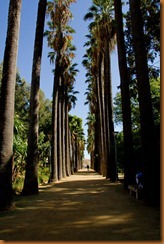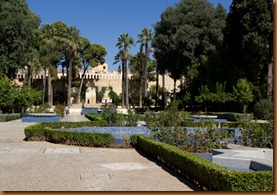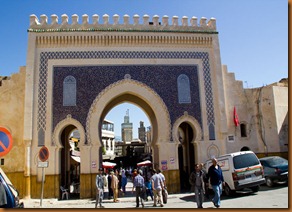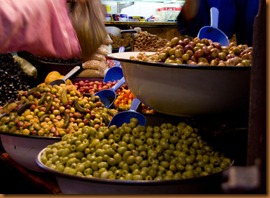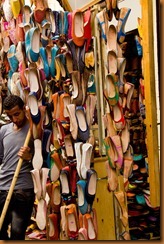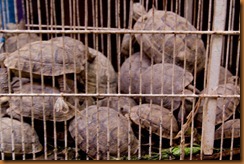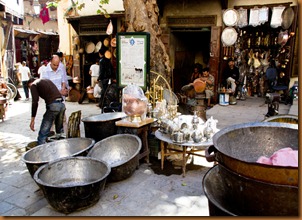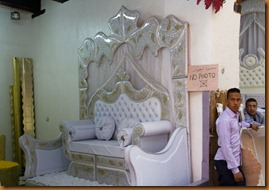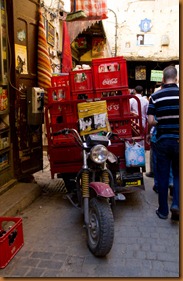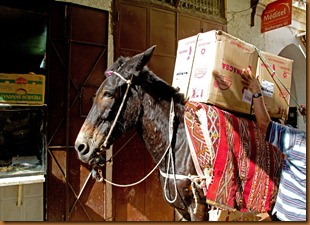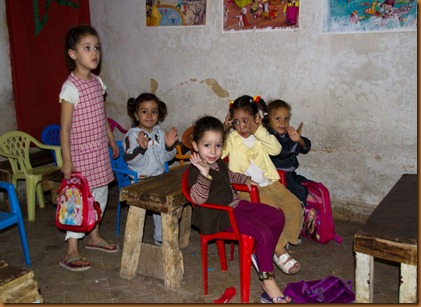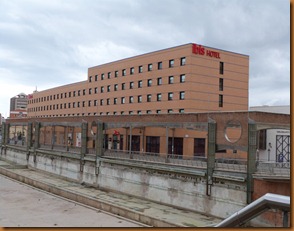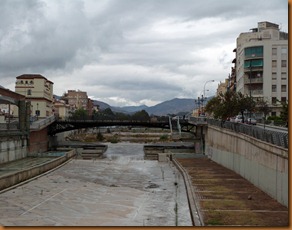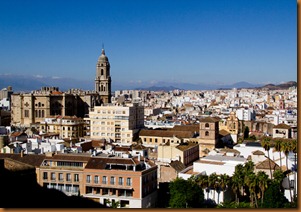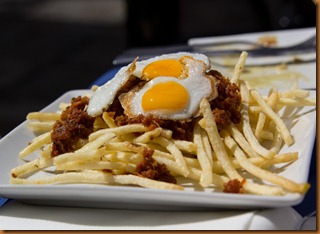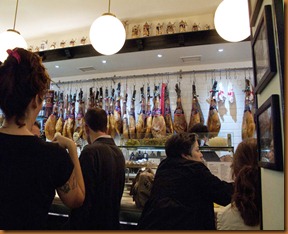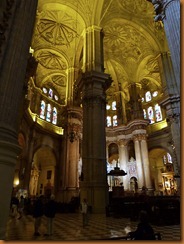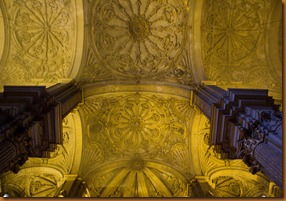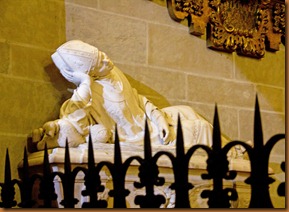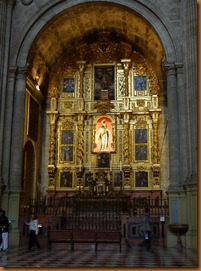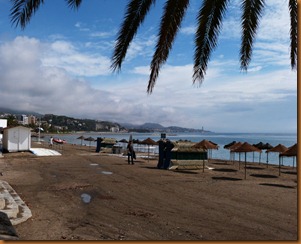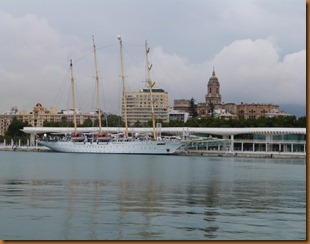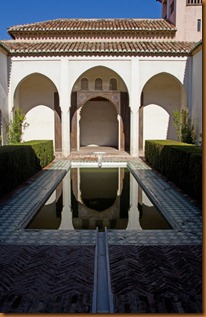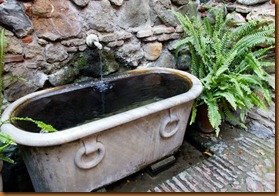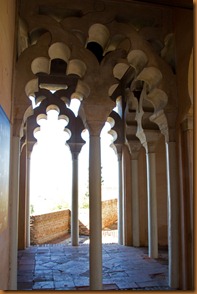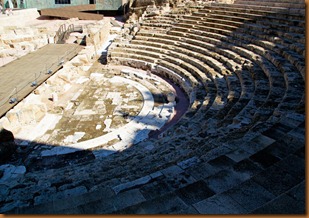This six night tour was to be a taste of Morocco only. As we were really unfamiliar with the history, language, customs and culture of the country we decided to have private transfers and tour guides for the cities arranged in advance. After some homework, we decided on Your Morocco Tours and were generally happy, though we had some minor gripes such as changes of driver and additional, small, unexpected expenses.We arranged our own flights, transfers and accommodation into Casablanca from Malaga. We stayed at the lovely Relais et Chateaux, Il Doge Hotel on both our arrival and departure days. More of that in the next post.
We were picked up on time by our driver for the trip to Rabat, meeting up with the guide for a tour of several sights in the city, including the Chella, with ancient Roman and Arabic ruins, the tomb of Mohammed V and the new medina at the mouth of the river.
The Chella was an amazing area enclosed by walls (some reconstructed) and containing an ancient Roman city, Sala Colonia, complete with agora and the base of a triumphal arch. We walked through some well tended gardens to reach the ruins, seeing also a necropolis of arab princes and a lovely sacred spring. Surprisingly, it appears much of this necropolis was destroyed by the Lisbon Earthquake of 1755.
 Reconstructed walls of the Chella | 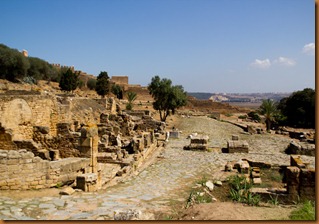 Ancient Roman agora | 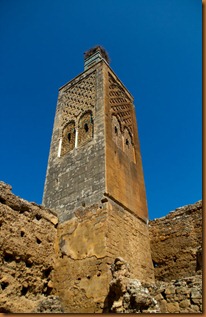 Minaret of 11th century mosque. Note the stork’s nest on top |
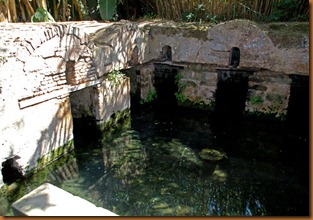 Sacred spring | 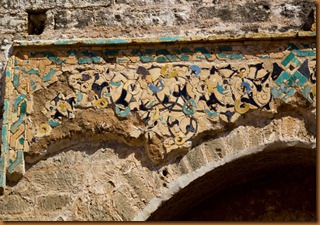 Detail of old arch and tiling |  Gate in the wall |
We were taken on to the very much more modern tomb of Mohammed V, guarded outside by both horse and foot soldiers . Of white marble, it is highly decorated inside with gold and tiles and also houses the tomb of the late king, Hassan II who was not beloved by his people. The tomb is situated on the same area as an unfinished mosque and a minaret which is very similar to the original La Giralda in Seville (minus the Catholic bell tower addition on top).
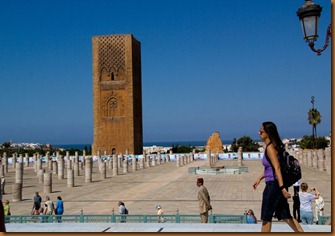 Columns of a never completed mosque and the minaret | 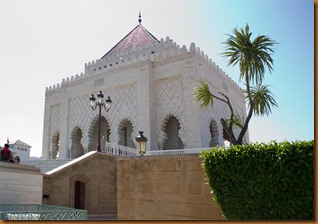 The white marble tomb | 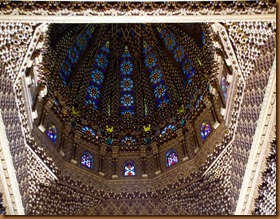 Interior of the cupola in gold, tile and glass |
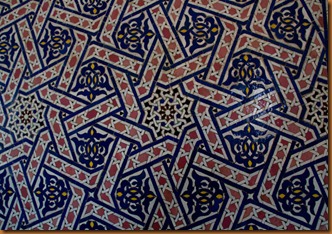 Tile detail from the interior wall | 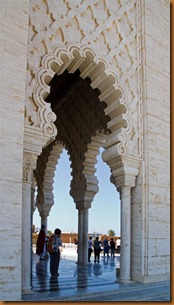 The arched porch of the tomb | 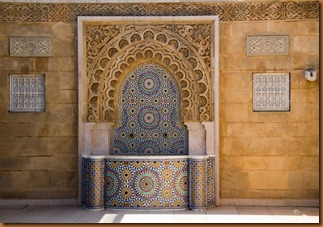 Tiled fountain |
Further on we were taken to the newer medina of Rabat, much like to a Greek Cyclades town in the blue and white, almost adobe type construction. It overlooks the mouth of the river, now swept bare by order of the king to house new and luxurious accommodation and other luxuries such as marinas. One wonders what happened to the original occupants.
 Walls outside the medina |  A street, very like the Greek Cyclades | 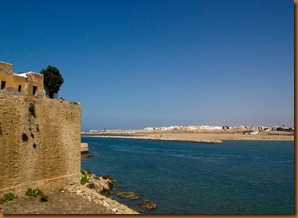 The newly bare bank of the river |
There followed a long road trip to Fes, culminating in our arrival at the medina, where we were greeted at the medina gate by a porter with a cage on wheels into which all our luggage was placed. We set off at a good pace through streets and down and up steps until we reached our accommodation at the riad and were welcomed in. This was one occasion where we had not expected the luggage service and so were not equipped with the money required to tip the porter. Wish we had known in advance, but we all managed in the end. Our driver and the owners of the riad stressed to us that it was not safe to venture out alone into the medina which was not policed. It seemed we were virtual prisoners in the accommodation until our guide arrived the next morning. I have no idea how true this warning was, but the riad had a great rooftop viewpoint and provided lovely meals at a reasonable cost, so we settled into our room and enjoyed the ambiance of the house and the welcome of the hosts. We couldn’t believe the extent of the medina as seen from the rooftop, so no wonder they warned us against venturing out alone.
Panorama of Fes from our riad rooftop
 Fes at night |  UNESCO Heritage listed, so the walls must be held up |
Next day our guide took us first to some beautiful gardens, then through the blue gate to the medina, through tiny streets and past miniscule rooms with people sewing or cutting leather, beating metal or winding long skeins of thread together to make cords and of course, selling goods, ranging from the live chickens prepared immediately to your needs to enormous metal cauldrons or even, perhaps, a wedding ceremony couch. We wondered how so many tiny shops could produce a living for their owners.
We were taken also, to the dye pits of Fes, handed over to a local expert, given the necessary sprig of mint to hold under the nose and told the history of the pits, the family businesses, the use of pigeon poo, the dangerous lime pits, the freezing dye pits of winter when they still tread the skins by foot and of course the final products. We were not pressured to buy, surprisingly, but again, wish we had known we would be handed over to someone and therefore would need to tip.
 The lime pits | 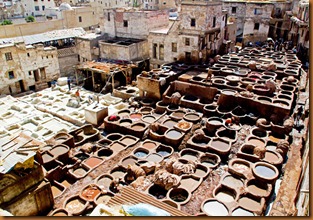 The dye pits | 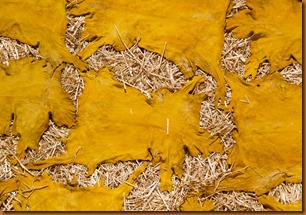 Yellow skins drying on the roof |
I did get to poke my nose into a tiny school, maybe six children aged 3-5, and one teacher, heralded outside by a Mickey Mouse. Inside the children waved shyly at the urging of the teacher while I took a picture. Then, again, I was asked for a donation “for the children” and I can well believe they needed it. The guide said these were “private” schools and that the parents paid. Take a good look at the facilities in the picture.
I asked about schooling from several guides and got several different answers. It appears that schooling is compulsory from 6-15 years, but that it is difficult to enforce this especially in desert areas among nomadic people. Even in the cities it was obvious that children who were useful in the family business or who could help make a living were frequently not in school at all. The more wealthy apparently send their youngsters to a small school from ages 3-7. There they learn Arabic alphabet, numbers and memorise some Koran. If they manage this they are regarded as educable and may then attend a more general school where they especially learn arts and crafts to quite a high level. Following this they can attend high school/university until maybe age 24, studying religious subjects, but also the more usual subjects. After that the student can choose a career based on specialised arts and crafts or an academic or religious career. My impression is that this is open to only the wealthy and perhaps mainly to boys.
The previous medresa system has now been subsumed by the universities allowing us to visit the old medresa properties in the city and see how the students were housed, studied and prayed in their own mosque, so we were privileged to see some of the lovely ceilings, doors and plasterwork of the medresa. Current areas of study such as at the university were out of bounds and we were not allowed to enter any mosques, though we could look and photograph from the entrances.
 Mosaic tiling at the entrance to the university | 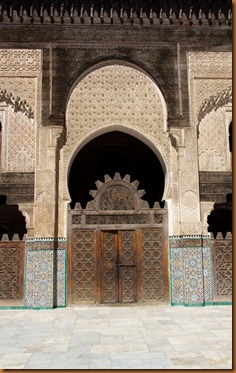 Old cedar door at the medresa Old cedar door at the medresa | 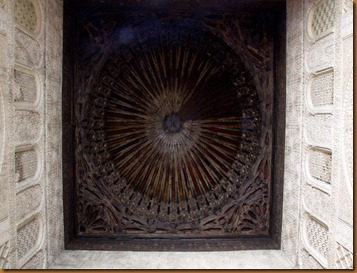 Beautiful old cedar ceiling in the medresa |
Fes was overwhelming to us in terms of the poverty apparent in the medina, yet our guide was shocked that we might think that someone working there would not make a living. Such a different world…
Next post: Marrakesh and Casablanca

